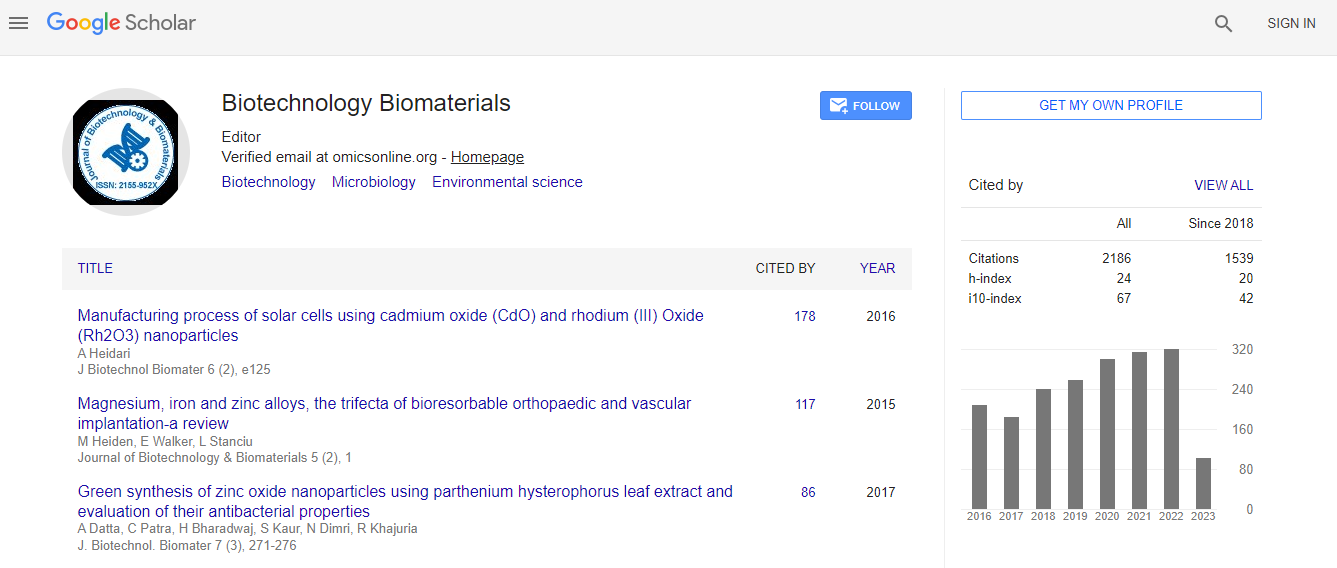Use of the rice husk for the biotechnological production of xylitol in a stirred tank bioreactor using yeast Candida guilliermondii ATCC 96745
*Corresponding Author:
Copyright: © 2020 . This is an open-access article distributed under the terms of the Creative Commons Attribution License, which permits unrestricted use, distribution, and reproduction in any medium, provided the original author and source are credited.
Abstract
The rice husk, agro industrial waste from rice processing, is a highly available, renewable and economical lignocellulosic raw material, which
due to its low density accumulates occupying large volumes, generates environmental problems promoting the infestation of pests and rodents and for its characteristics physicochemical, it turns out to be of slow decomposition, becoming a highly polluting waste. Its weight and volume generate high storage and transportation costs for the rice industry; In addition, due to its low protein value and low digestibility, it has limited use for animal feed. This residue by hydrolysis processes can release fermentable sugars such as xylose, the substrate for the production of xylitol, a polyol with a high sweetening power and 40% less calories than sucrose. It has functional and beneficial properties for health, and has been used as a sugar substitute by the food and pharmaceutical industry. Xylitol can be obtained biotechnologically by yeast fermentation of the genus Candida. The influence of oxygen limitation on the fermentation of xylose to xylitol by Candida tropicalis ATCC 96745 was investigated in shake flasks by varying the ratio of the volume of the medium and the volume of the flask between (0.2 and 0.6). This parameter substantially influenced the production of xylitol obtaining the highest production of the metabolite using the ratio 0.2. Under semiaerobic conditions, the maximum concentration was reduced by a third, compared to aerobic conditions. With these results, different rates of oxygen mass transfer coefficient (kLa) are evaluated in a stirred tank bioreactor.

 Spanish
Spanish  Chinese
Chinese  Russian
Russian  German
German  French
French  Japanese
Japanese  Portuguese
Portuguese  Hindi
Hindi 
